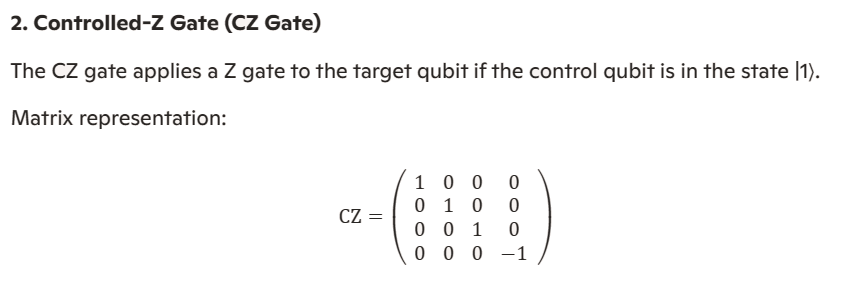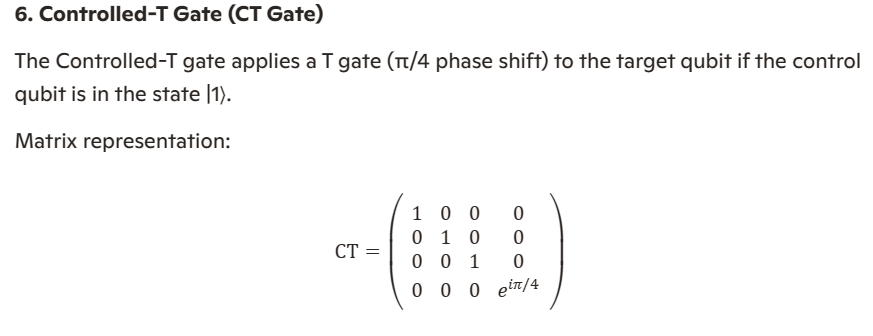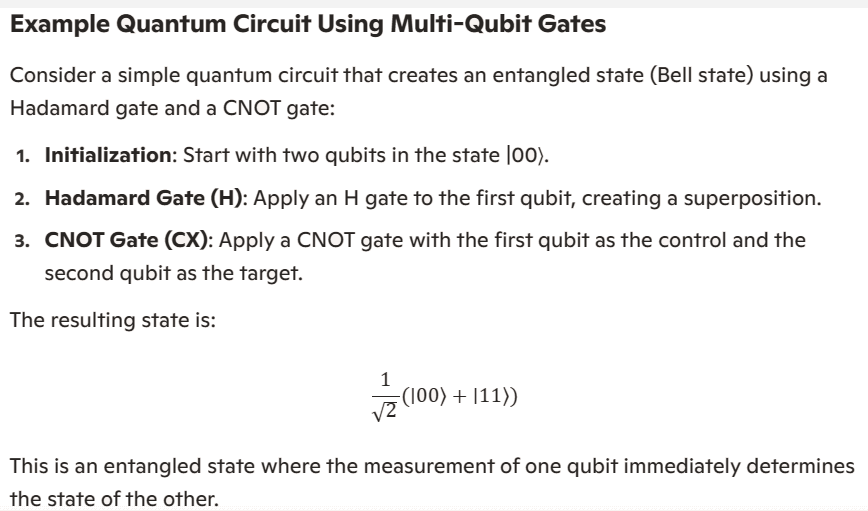Multi Qubit Gates | Quantum Gate
Multi-qubit gates are a crucial component of quantum computing, enabling operations that act on two or more qubits simultaneously. Unlike single-qubit gates, which manipulate individual qubits, multi-qubit gates allow for interactions between qubits, creating entanglement and enabling complex quantum computations.
1. Controlled-NOT Gate (CNOT Gate)
The Controlled-NOT gate (CNOT) is a crucial two-qubit gate in quantum computing. It's essential for creating entanglement, a phenomenon where the quantum states of multiple qubits become linked, regardless of the distance between them.






Entanglement and Multi-Qubit Gates
One of the most significant features of multi-qubit gates is their ability to create entanglement. When qubits become entangled, their states cannot be described independently; the state of one qubit depends on the state of the other, even if they are separated by large distances. This property is central to many quantum algorithms and protocols, such as quantum teleportation and superdense coding.

Importance of Multi-Qubit Gates
Multi-qubit gates are essential for the operation of quantum computers. They allow for complex quantum operations and enable the construction of sophisticated quantum algorithms. The ability to entangle qubits and perform operations on multiple qubits simultaneously is what gives quantum computers their potential for solving certain problems more efficiently than classical computers.
Conclusion
Multi-qubit gates are essential for realizing the full potential of quantum computing. They enable the creation of entangled states, which are crucial for quantum algorithms like Shor's algorithm for factoring large numbers and Grover's algorithm for searching unsorted databases. By manipulating multiple qubits simultaneously, multi-qubit gates allow quantum computers to perform calculations that are intractable for classical computers.